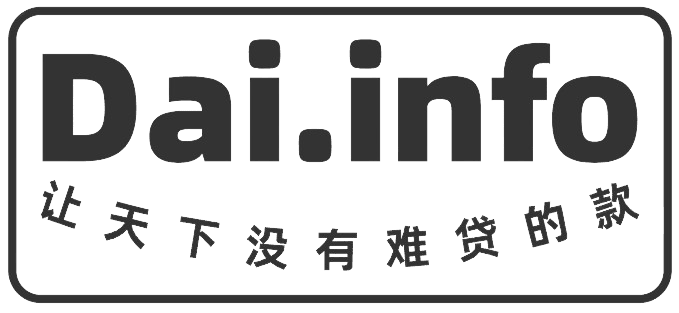Don't you want interest
i don't know13,641 times
In recent years, with the spread and ease of mobile payments, flowers have become a daily consumption option for many. Of these, the interest-free flower became a bright spot for consumers. However, many people are not sure that they are free of interest, and are they really not paying interest? This paper will analyse flowers without interest from multiple angles and will help readers to understand the function。
Don't you want interest
First, it is true that in some cases interest is not required to be paid in the absence of interest. When the user repays on time, the interest-free activity ensures that the user does not bear any interest. This means that the user needs only to pay the principal amount and does not need additional interest costs. Cost-frees are a good way to really save money for well-thought-out consumers. It is worth noting, however, that this interest-free activity is usually time-limited and interest will start to be charged if the user exceeds the required repayment date。
Second, there are risks to the actual functioning of a cost-free operation. While the cost-freeness of the flowers sounds like an advantage that does not have to pay any price, there is a certain cost behind it from the point of view of capital operations. In order to attract customers to use flowers for their consumption, businesses pay a fee for the payment of the treasure to obtain resources for this interest-free activity. These costs will be borne by the business itself, which will transfer them to the price of the goods. As a result, interest-free spending is in essence a commercial advance for the user, who ultimately indirectly covers this cost in the middle of commodity prices。
In addition, there are limitations and conditions for free flowers. First, interest-free flowers tend to apply only to specific business and commodity ranges. Users need to carefully confirm when shopping whether the business is involved in the interest-free activity and whether the goods meet the interest-free conditions. Second, the interest-free payment would apply only to the instalment function and would involve the user after selecting the instalment rather than the full amount. In addition, the user would need to confirm the term of the instalment payment and the date of repayment, in accordance with the specific expensive interest-free rule, in order to avoid the interest that would result from exceeding the repayment period。
In the light of the above, the exemption of interest costs from interest payments under certain circumstances does result in some savings for current pay-back users. However, there are certain risks and limitations hidden behind the interest-free flower, and the whole interest-free activity is essentially paid for by the business. Therefore, when using flowers for free, consumers need to carefully read the rules of the activity, understand the associated costs and constraints, and use them rationally to avoid uninformed additional costs and interest。
